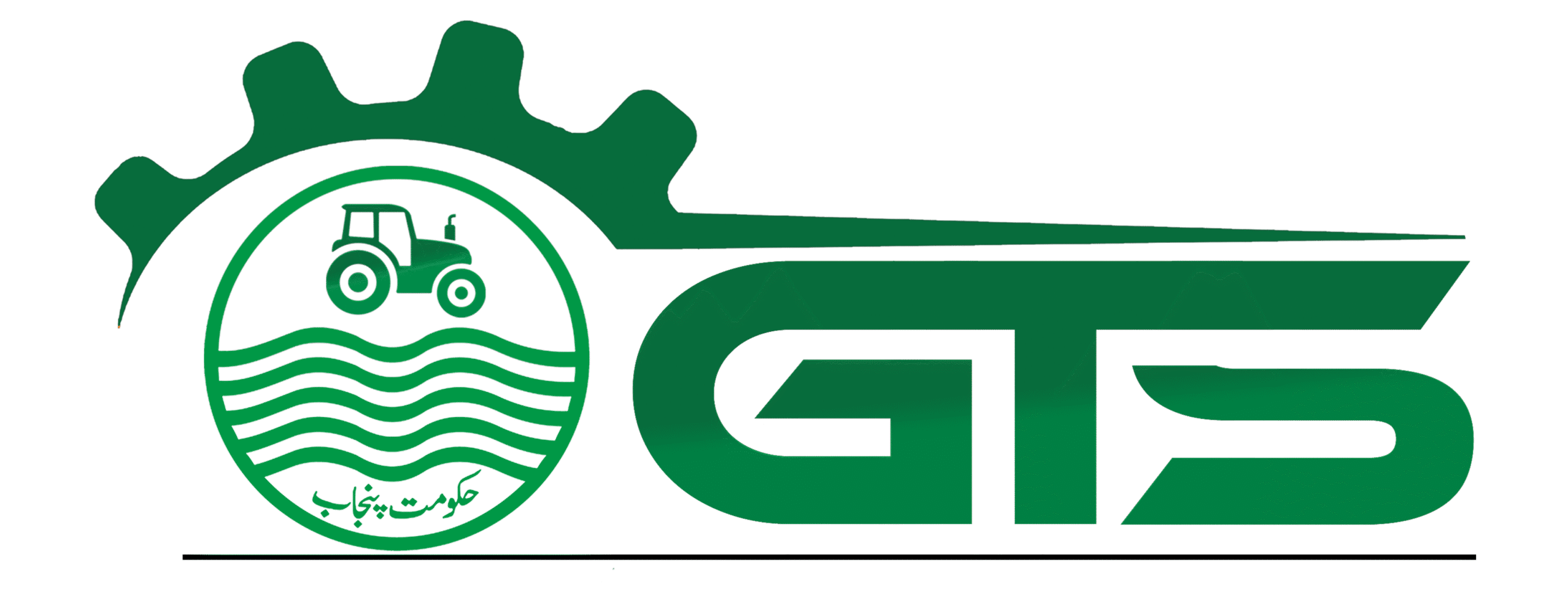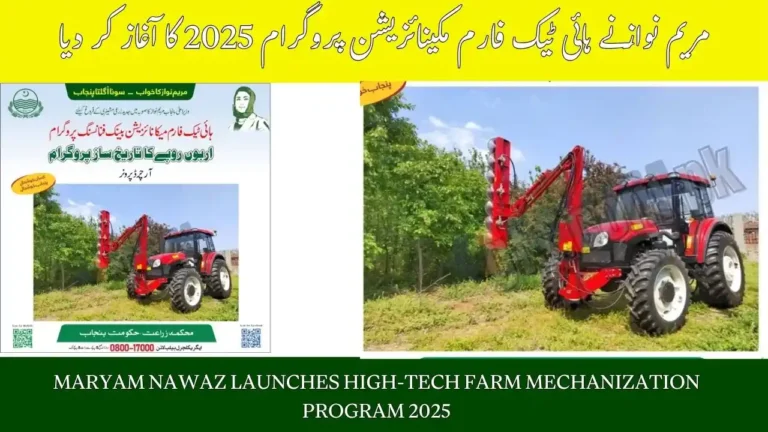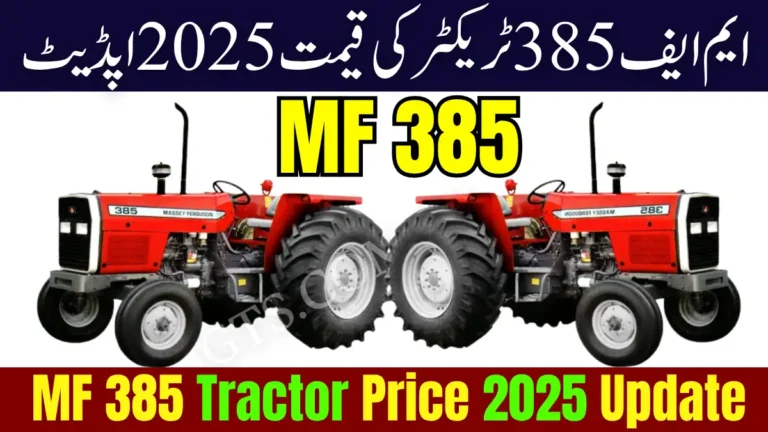Similar Posts

Green Tractor GTS Scheme Taunsa Merit List 2025 Phase 2 – Check Your Name
The Government of Punjab has officially announced the Green Tractor GTS Scheme Taunsa Merit List 2025 (Phase 2). Farmers from Taunsa Tehsil participated in the scheme to receive high-powered tractors on a subsidy, aimed at modernizing agriculture and increasing productivity. This post provides the merit list details, objectives of the scheme, ballot results, complete list…
 Blog | Currency Rates | News
Blog | Currency Rates | NewsPakistan Open Market Currency Rates Today Nov 24, 2025 (Latest Update)
Exchange rates continue to shape Pakistan’s economic activity on a daily basis. Whether someone is sending money from abroad, purchasing dollars for travel, importing goods, paying for foreign education, or simply tracking the market trend, the Pakistan Open Market Currency Rates Today provide essential guidance for informed decisions. On Monday, 24 November 2025, the latest…

Green Tractor Scheme Kasur Merit List 2025 Phase 2 – Check Your Name
The Green Tractor Scheme Kasur Merit List has officially released the Chief Minister Punjab Green Tractor Scheme 2025 Phase 2 merit list for Kasur district. Farmers who applied for the scheme can now check their names in the Kasur Green Tractor Scheme Merit List 2025. This initiative is aimed at supporting small farmers, reducing cultivation…
 Blog | Govt Scheme | News
Blog | Govt Scheme | NewsMaryam Nawaz Launches High-Tech Farm Mechanization Program 2025 to Empower Farmers Across Punjab
Punjab’s agriculture is entering a new era in 2025 as Chief Minister Maryam Nawaz officially launches the High-Tech Farm Mechanization Program. This historic initiative is designed to empower farmers across the province by equipping them with modern machinery, affordable financing, and cutting-edge technology. Maryam Nawaz Launches High-Tech Farm Mechanization Program have relied on outdated tools…

MF 385 Tractor Price 2025 Update – Check Latest Millat Tractors Rates Under Punjab Scheme
The MF 385 Tractor Price 2025 Update has become one of the most discussed topics among Pakistani farmers this season — and for good reason. With the Punjab Government’s latest Green Tractor Scheme Phase-3, thousands of farmers are looking to benefit from massive subsidies on Millat MF 385 models. Whether you’re planning to buy your…

How to Apply on Mobile for CM Maryam Nawaz GTS Tractor Scheme 2025-26
Discover the easiest way to register online with your phone. This step-by-step guide shows How to Apply on Mobile for CM Maryam Nawaz GTS Tractor Scheme 2025-26 without any hassle. Farmers can upload documents, get tracking ID, and secure subsidy directly from mobile. The Government of Punjab, under the leadership of Chief Minister Maryam Nawaz,…






